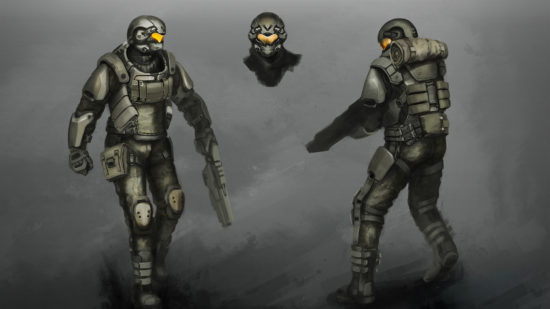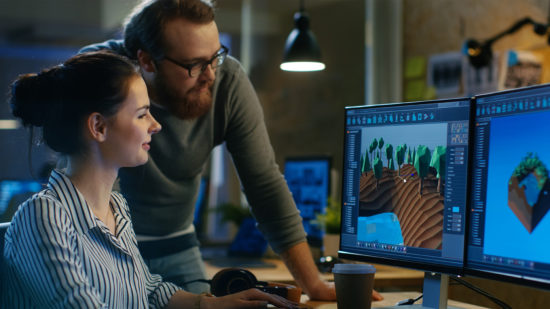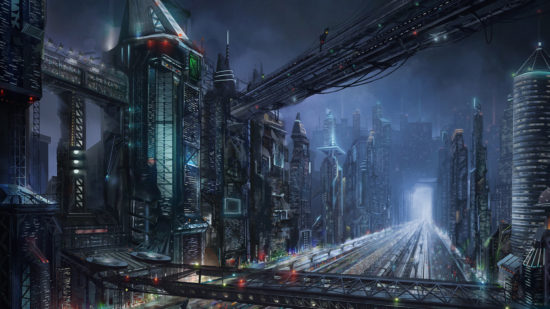As understood from the term itself, 2D art encompasses artworks created and perceived in a two-dimensional space. Modern artists refer to a plethora of intricate techniques to produce this type of art for various projects, from animated cartoons or comic books to video games and commercials.
Since the launch of the first animated cartoon Fantasmagorie in 1908, hand-drawn 2D art has commenced to dramatically change the way people perceive reality. Today this form of artistic expression is easily converted into commercial profit with the help of progressive technology that significantly simplifies the creation process.
In this article, we take a tour around multiple 2D art techniques, answering the question of how you can use them to produce mind-blowing artworks. In other cases, you can always benefit from 2D art services by letting pros do their work while you are busy with yours.
The Best 2D Art Methods and Techniques
2D art implies working inside a dimension defined by length and width. Despite that the workspace seems pretty limited, independent artists and art production studios have already proved the versatility of this composition type. Merely look at how refined the art style of Hollow Knight and Cuphead is, which proves the diversity of tools at hand of 2D artists.
Nowadays, the broad spectrum of 2D techniques and software supporting them allows professionals from different industries to produce quality artworks with less effort. When it comes to digital art, you’ll hear that the most widespread techniques of 2D art include vector, pixel, flat, realistic, and isometric, though you may also run across more experimental styles.
In turn, the methods of 2D art are what make up the personal touch of each individual artist, inasmuch as these constitute the foundation of their arsenal. Professionals working in the digital environment use a wide range of tools and methods to produce a certain artwork, be it photo painting, vector drawing, or other techniques as well as approaches.
Pixel Art Technique
![]()
In the world of 2D art and gaming, the pixelated look of assets has already become iconic since the inception of the first arcade games in the late 1970-1980s. Based on raster graphics and, obviously, pixels, this art technique provides a sufficient arsenal of tools for artists to create splendid game assets. Just have a look at Blasphemous or Stardew Valley.
In most cases, today artists apply the pixel art technique to evoke a certain feeling of nostalgia in players, thereby referencing retro-style products as well as drawing a line between old-school games and the modern ones. According to Statista, there were only 7 adventure games for consoles in 2020 produced in the style of pixel art. However, it’s good news for those intending to occupy that niche in the near future, isn’t it?
Vector Art Technique
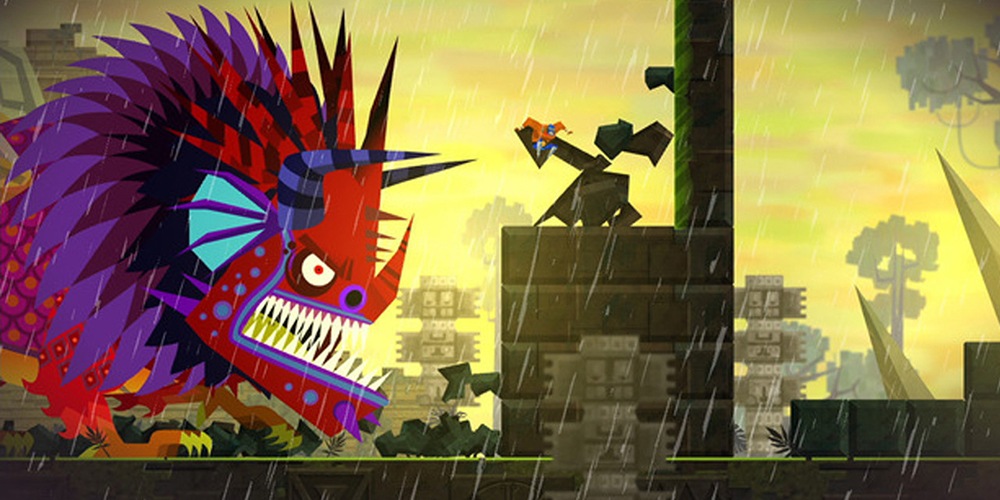
In contrast to pixel art, vector images use dots and lines to store data regarding the dimensions or color. Artists use software like Adobe Illustrator, Inkscape, or any other program that allows them to produce art based on mathematical algorithms. In particular, exactly thanks to continually computed equations, vector graphics have almost infinite resolution and pure color, which is its primary advantage as opposed to raster graphics.
Created with the use of simple geometric forms and without a great variety of color hues applied to each object, vector assets can most often be seen in cartoonish 2D games. Even more, what we today call a 3D model or polygon mesh is basically 2D vector graphics displayed in 3 dimensions, making vector art an incredibly versatile solution for artists.
Flat Art Technique

Among all other 2D game art styles, the technique of flat art ensures more diverse color options yet lacks the depth and volume. Moreover, similar artworks resemble cardboard and look like they are made out of paper, which is an attractive feature for stylized games or cartoons. Regardless of the simplified style of flat art, it looks cartoonish and inspiring.
Video games created in flat art are usually meant for mobile devices like smartphones, tablets, or even Nintendo Switch because these assets don’t load either a central processor or a video graphics card too much. That’s why you may want to go for flat art if you are into making a 2D mobile game for a broad audience.
Catch a curious fact. Research displays that smartphone games are forecast to bring more than $91bn of annual revenue, occupying 45% of the global gaming market in 2022. In turn, console games are ranked second, with slightly more than $58bn in global revenue. The rest of the market is shared between PC, tablet, and browser games.
Realistic 2D Art Technique
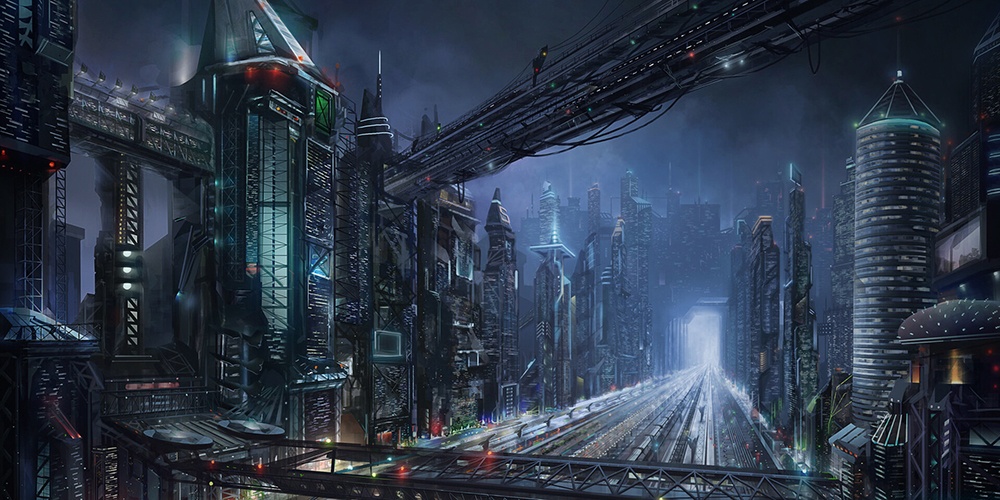
Unlike vector or pixel art, realistic 2D art style requires an artist to produce assets of a quality that maximally resembles the actual appearance of objects in real life. Hence, focusing on detail, adding shadows and highlights, imitating texture, as well as elaborating on backgrounds are natural processes inherent in creating art for realistic 2D games.
With an extremely high resolution, realistic 2D assets ensure a good user experience as every single detail is vivid, crisp, and distinguished from the surroundings. Beyond question, the creation of photorealistic 2D art requires mastery of digital painting and experience in working with complex, multilayered scenery.
Isometric 2D Art Technique
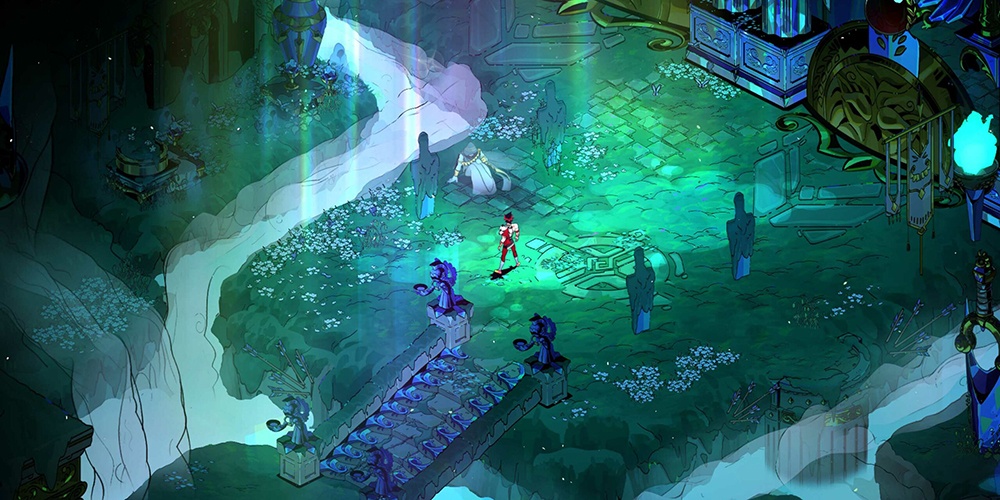
The isometric perspective of the camera in games continues to gain popularity among indie developers who have an utmost desire to experiment with dimensions. Also referred to as 2.5D graphics, isometric art is usually an optic illusion for the human eye. Artists manage to get this effect by adding detail, playing around with perspectives, and tweaking the camera.
Just like with vector graphics, in isometric 2D art, professionals employ the same software, whether it’s Adobe Illustrator, Inkscape, or Hexels. The only difference is that they adjust the perspective from the front view to cover their specific needs. Well, that’s how you make in-game illusions by putting a bit more effort and making use of camera settings.
How to Create 2D Art That Looks 3D?
So, how do artists produce 2D that looks 3D? We’ve already partially covered this subject, but it’s necessary to shed more light on it here since the topic requires more in-depth analysis. Still, if you aren’t confident about creating any type of 2D art on your own, you can always address game art outsourcing companies for cost-efficiency and greater value.
As we’ve mentioned, 2D art looks like 3D when the camera of a render or game is adjusted to showcase what’s going on in the scene from an isometric perspective. Basically, such assets are just 2D sprites but displayed from a different angle, which, in addition to high level of detail, shadows, highlights, and good resolution, creates the illusion of realism.
By adjusting the lighting, sharpness, and compositing, artists are able to create 2D assets that look as if they exist in 3 dimensions. Besides, you can always season it all with visual effects in the post-production phase when a 2D model is already created. Ultimately, endowing a 2D sprite with the illusion of reflectiveness, glossiness, and other effects is another method to make it look 3D.
Make Appealing 2D Art with 3D-Ace
Thus, what is the secret of producing outstanding 2D art that helps gather broad audiences of users? Apart from attractive game mechanics and a good story, a game’s appearance is what sells it even before the release through trailers as well as teasers. Good news is that 3D-Ace is an experienced company that helps make art for any visual product.
You can create appealing 2D art of any style, level of detail, and technique with 3D-Ace. What you need is just contact us and receive quality assistance.


